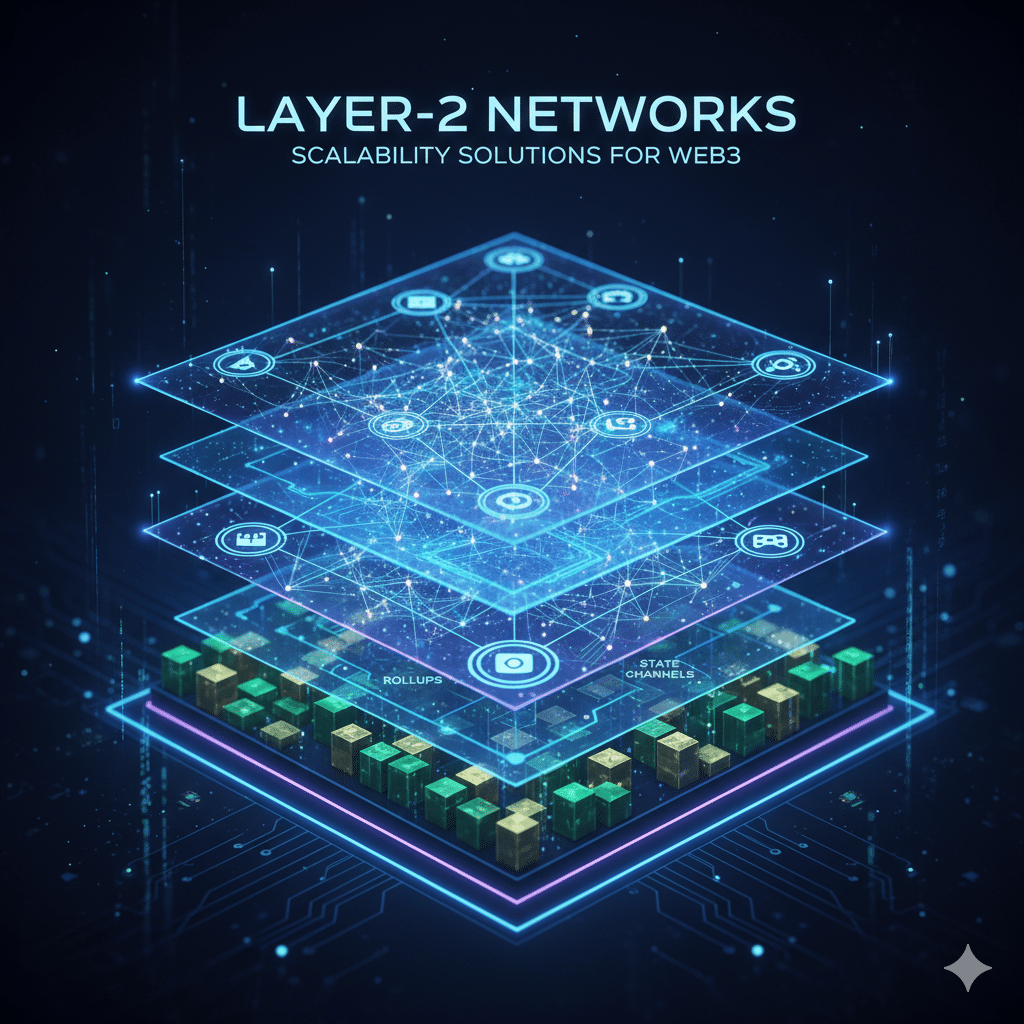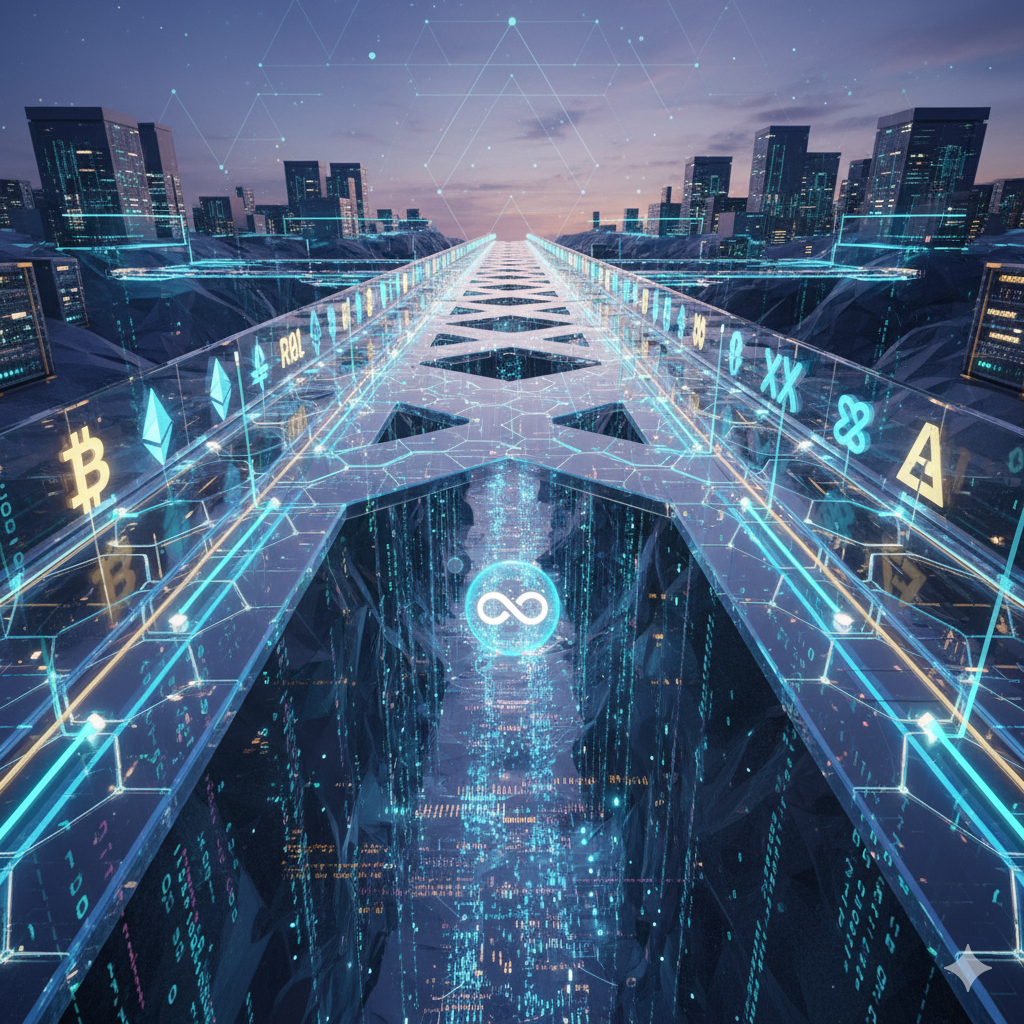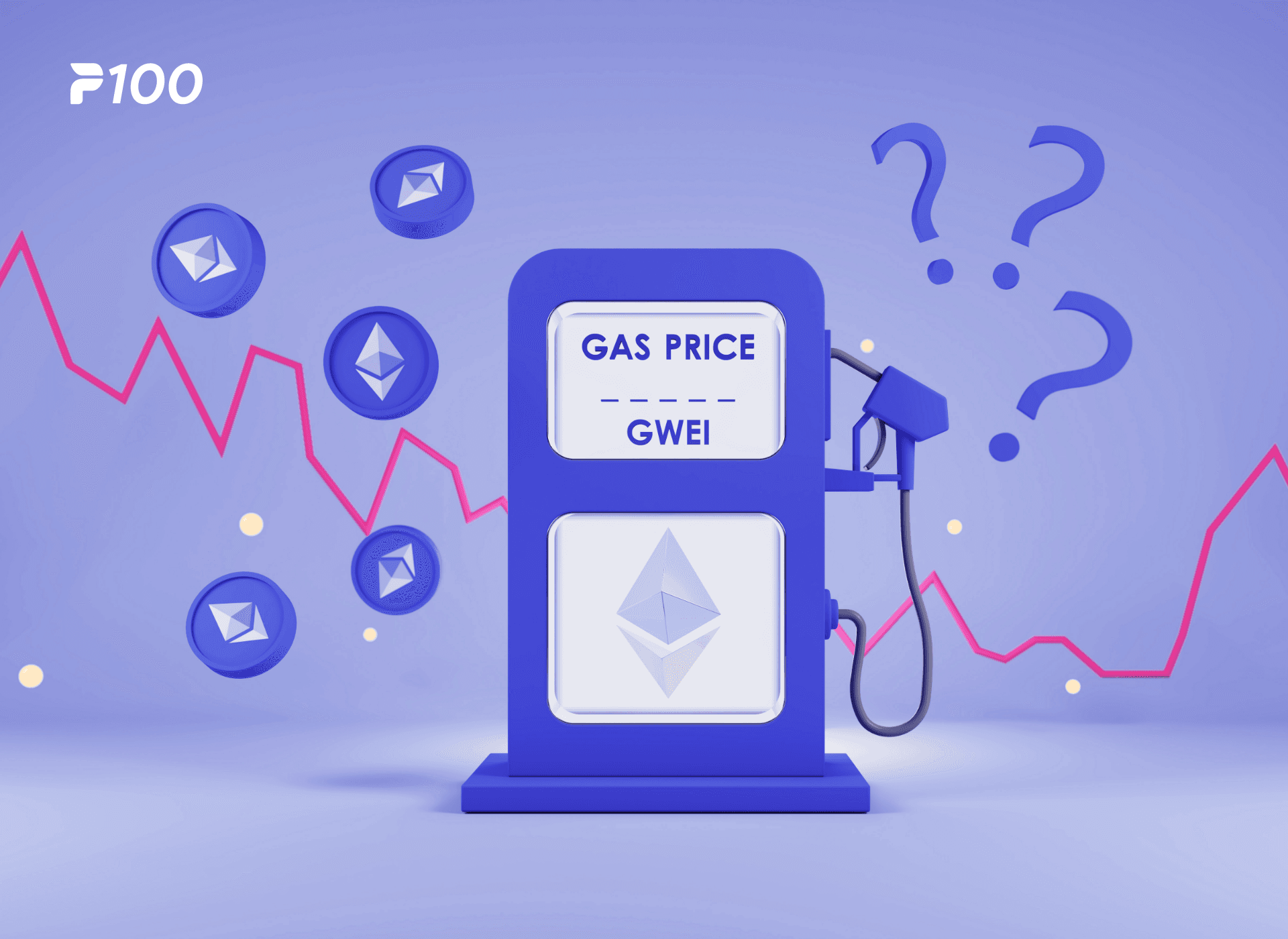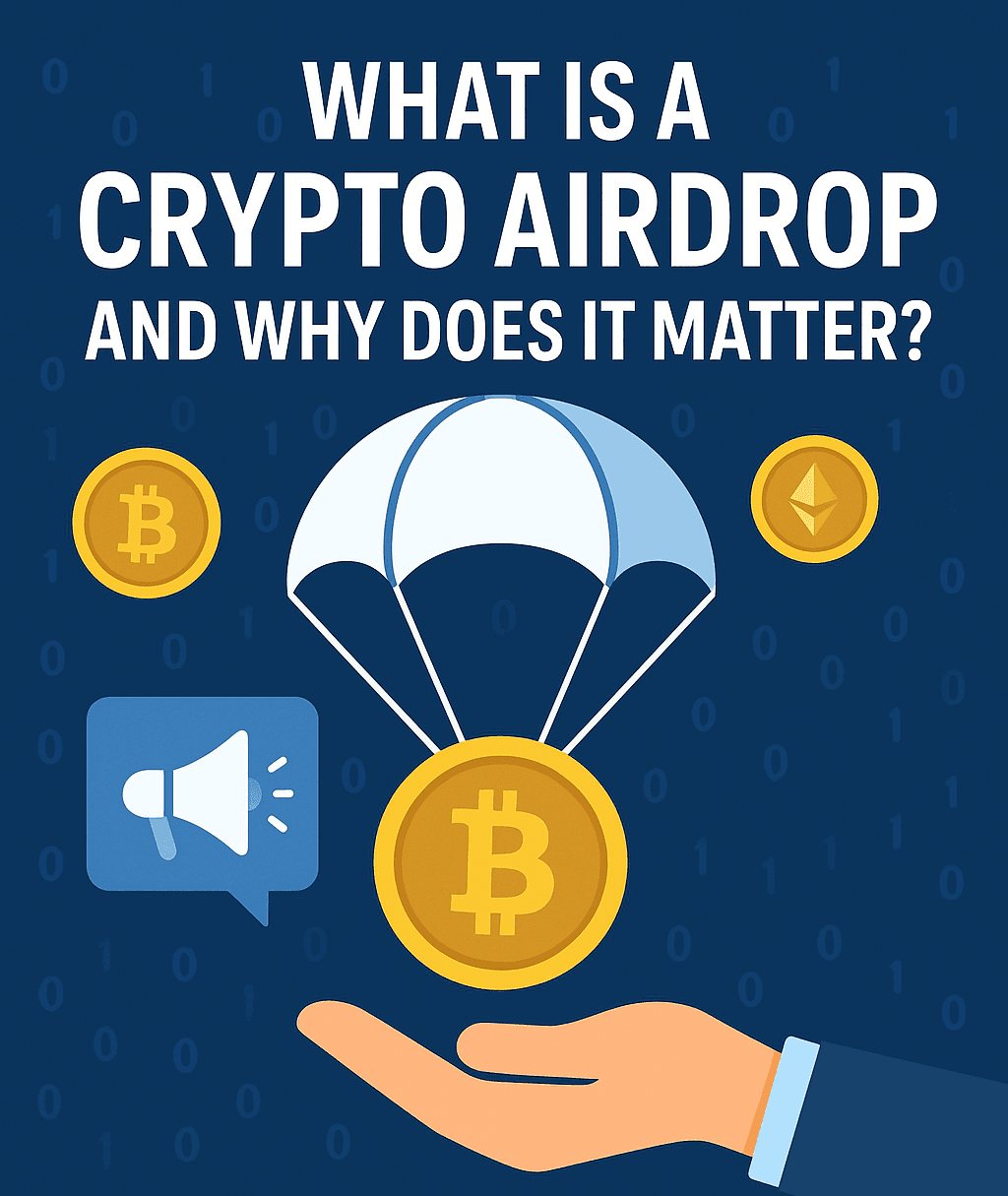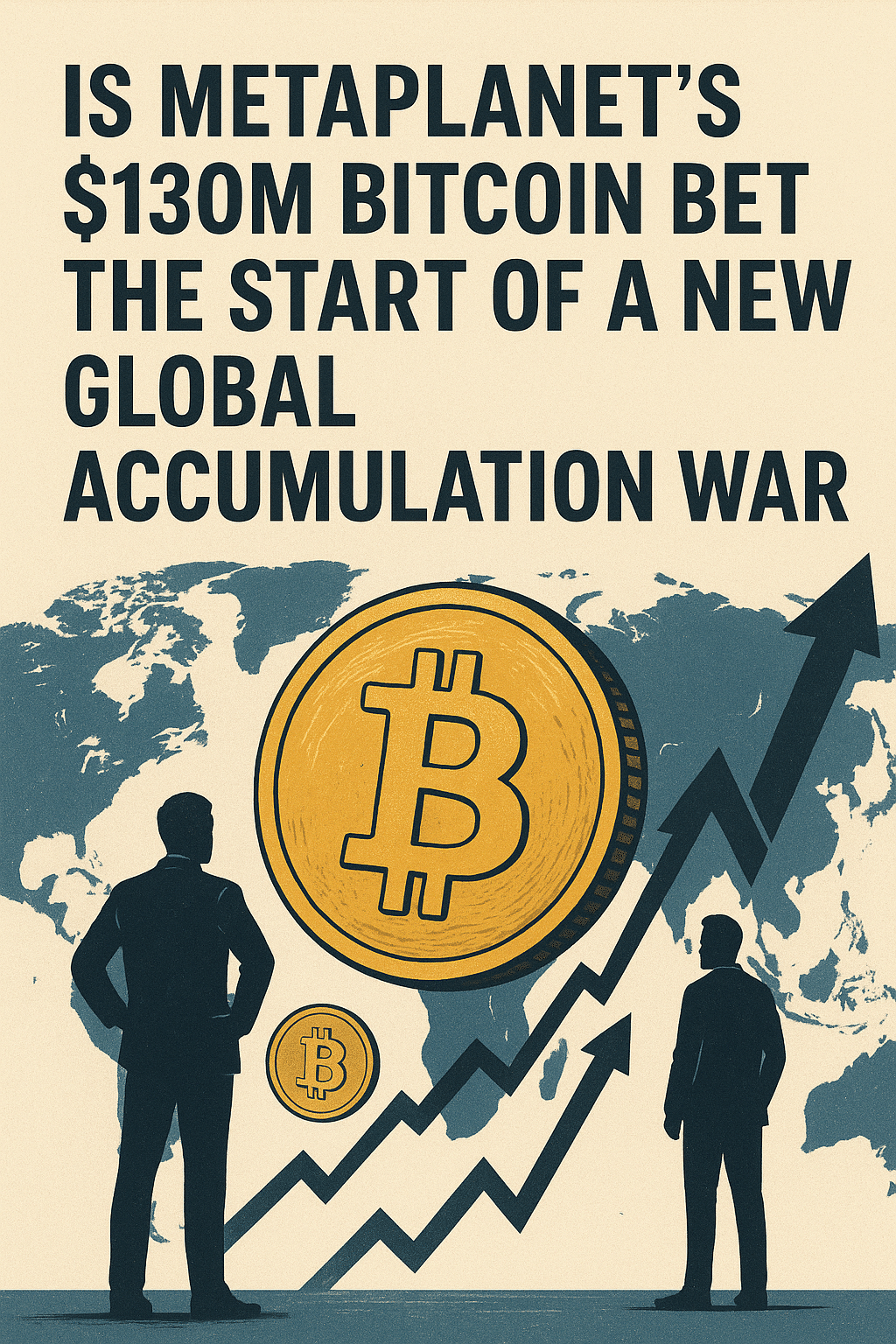Disclaimer: This article is for informational and educational purposes only. It does not constitute financial, investment, or legal advice. The cryptocurrency market is highly volatile, and you should always conduct your own research (DYOR) and consult with a qualified professional before making any investment decisions.
The Role of Oracles in Decentralized Finance (DeFi)
Smart contracts are the engine of the blockchain world, executing agreements automatically when certain conditions are met. But what happens when those conditions depend on information that exists outside the blockchain? This is where we encounter a fundamental limitation. Blockchains, by design, are isolated systems, unable to access external, real-world data on their own. This is where we see the role of oracles in blockchain & DeFi come into play. They act as the crucial bridge between the on-chain and off-chain worlds, and frankly, the entire DeFi ecosystem as we know it couldn’t exist without them.
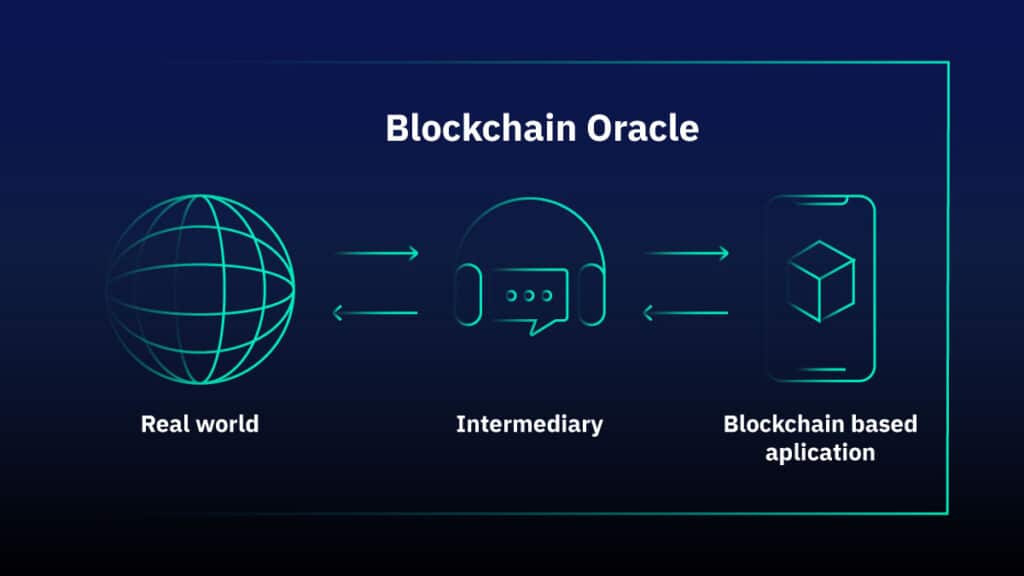
So, what is an oracle? Let’s explore why these digital messengers are one of the most critical pieces of infrastructure in crypto today.
What Are Blockchain Oracles and Why They Matter in DeFi
If a smart contract on blockchain is a self-executing vending machine, a blockchain oracle is the trusted employee who checks the weather outside and tells the machine whether to dispense a cold soda or a hot coffee. In technical terms, oracles in blockchain are third-party services that find and verify real-world data and feed it into smart contracts.
Why does this matter? Because most financial applications require external information. Think about a decentralized lending platform. To determine if a borrower’s collateral is sufficient, the smart contract needs to know the current market price of that asset. That price lives off-chain on exchanges and data aggregator sites. Without a crypto oracle, the smart contract would be blind, making the entire application unworkable.
How DeFi Oracles Work: Connecting Smart Contracts With Real-World Data
The process of a DeFi oracle is a perfect illustration of the on chain vs off chain dynamic. Here’s a simplified breakdown of how it works:
- A smart contract requires a specific piece of external data (e.g., the price of ETH/USD). It sends out a data request to an oracle network.
- Oracle nodes (the “messengers”) listen for these requests. They fetch the required data from multiple high-quality, off-chain sources like financial data APIs.
- The nodes process and validate this data to ensure its accuracy. In a decentralized network, they compare their findings to reach a consensus on the single, correct value.
- This validated data is then broadcast back on-chain in a transaction, making it readable for the smart contract, which can then execute its pre-defined logic.
Why Oracles Are Essential for Secure and Reliable DeFi Systems
The integrity of a DeFi protocol is only as strong as the data it uses. Faulty or manipulated data can lead to catastrophic financial losses. From what I’ve seen in the market, nearly every major DeFi exploit that wasn’t a direct code bug involved the manipulation of a price feed.
This is what is a blockchain oracle‘s primary responsibility: to provide data that is not just available, but also tamper-proof and reliable. By aggregating data from numerous sources and using decentralized networks, DeFi oracles create a robust defense against inaccurate information, ensuring that lending, borrowing, and trading on-chain can be trusted.
Different Types of Oracles in Blockchain Networks
Not all oracles are the same. They can be categorized in several ways:
- Software vs. Hardware: Software oracles pull data from online sources like websites and APIs. Hardware oracles get information from the physical world via sensors.
- Inbound vs. Outbound: Inbound oracles bring off-chain data onto the blockchain (the most common type). Outbound oracles inform the outside world of an event that happened on-chain.
- Centralized vs. Decentralized: A centralized oracle is a single entity providing data, which creates a single point of failure. Decentralized oracle networks (DONs) use multiple independent nodes, making them far more secure.
Understanding the Oracle Problem and Its Solutions
This brings us to the famous “oracle problem.” The core issue is this: smart contracts are trustless and deterministic, but they rely on data from oracles, which can be a single, trust-based point of failure. If a centralized oracle is hacked, malfunctions, or is simply dishonest, it can feed incorrect data to a smart contract, triggering unintended and often disastrous outcomes. This is the ultimate “garbage in, garbage out” scenario.
So, what are oracles in blockchain doing to solve this? The answer is decentralization.
Decentralized Oracle Networks and Their On-Chain Reputation Systems
Decentralized Oracle Networks (DONs) are the industry’s solution to the oracle problem. Instead of relying on one source, a DON sources its data from a wide array of independent, geographically distributed oracle nodes.
These nodes are economically incentivized to be honest. Much like how validator nodes work in Proof-of-Stake, oracle nodes often must stake the network’s native token. If they provide reliable data, they earn rewards. If they provide malicious or inaccurate data, their stake can be slashed as a penalty. This creates a system where trust is not required; it’s enforced by verifiable on-chain reputation and economic incentives. For a deeper dive, you can explore how industry leader Chainlink explains its decentralized architecture.
Real-World Applications of Oracles in DeFi
Curious about what is an oracle in crypto used for in practice? You’re likely already using them without knowing it.
- Lending & Borrowing: Platforms like Aave and Compound use oracles to get real-time price feeds to manage collateralization ratios and trigger liquidations.
- Synthetic Assets: Protocols rely on oracle crypto feeds to peg the value of their synthetic tokens to real-world assets like stocks and currencies.
- Insurance: Parametric insurance protocols use oracles to automatically verify claims. For example, a flight insurance smart contract could use an oracle to check flight data and automatically pay out if a flight is delayed.
To interact with these protocols, you first need the underlying assets. You can acquire them on various platforms, including non-custodial retail platforms like the Zavros Network, where you can buy and sell crypto while always maintaining control of your keys.
Challenges, Risks, and Security Concerns of Oracle Implementation
Despite the advancements of DONs, risks remain. A common pitfall I notice is teams overlooking the quality of the underlying data source. Even a decentralized oracle network is vulnerable if all its nodes are pulling from a single, compromised API.
Other concerns for an oracle chain include:
- Latency: There can be a delay between a real-world event and when that data is reported on-chain.
- Cost: Oracle services require gas fees to post data on-chain, which can be expensive on congested networks.
- Centralization Vectors: Some oracle systems may still have centralized components, creating a potential vulnerability.
Leading Oracle Solutions Powering the DeFi Ecosystem
The oracles blockchain space has become highly competitive, with several key players providing essential infrastructure. Chainlink is the undisputed market leader, but other notable projects include Band Protocol and Pyth Network. These projects provide the secure data streams that thousands of DeFi applications depend on. You can track the market leaders and their associated tokens on data sites like CoinMarketCap’s Oracle category list.
The Future of Oracles in Decentralized Finance
The future for what’s an oracle is incredibly bright and extends far beyond just price data. We’re seeing the development of oracles that can:
- Provide verifiable randomness for on-chain gaming and NFTs.
- Connect smart contracts to IoT devices and legacy payment systems.
- Verify identity and credentials without compromising privacy.
- Report on climate data to power regenerative finance (ReFi) applications.
Oracles are evolving from simple data messengers into sophisticated, bidirectional bridges that will allow smart contracts to interact with the real world in increasingly complex ways.
Key Takeaways: How Oracles Shape the Next Generation of DeFi
If there’s one thing to take away, it’s this: oracles in blockchain are the unsung heroes of DeFi. They solve the critical problem of data isolation, allowing trustless smart contracts to execute based on real-world events and information. By transforming blockchains from closed systems into open, data-aware platforms, oracles are not just supporting the current DeFi ecosystem—they are paving the way for the next generation of decentralized applications that will connect to and revolutionize every aspect of our digital and physical lives.
About the Author
Alex Carter is an on-chain analyst and crypto strategist with over six years of experience specializing in protocol analysis, decentralized finance (DeFi), and on-chain security. After beginning his career in cybersecurity, Alex pivoted to Web3 in 2018, fascinated by the complex economic interactions within blockchain ecosystems. He has published numerous analyses on MEV strategies and their impact on users, advocating for greater transparency and the adoption of protective technologies. Alex is a firm believer in a security-first, research-driven approach to the crypto space.

